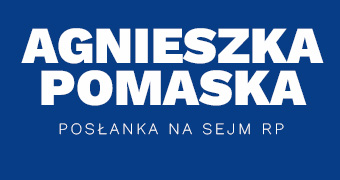The EU’s budget for next year will be decided over the coming months. Starting this week parliamentary committees adopt their opinion on the budget, while the budgets committee discusses the Council’s position on Wednesday 31 August. The committee will then draft a recommendation to MEPs, which will be put to a plenary vote at the end of October. Check out our infographic for all the steps of the budgetary procedure.
How the EU budget is decided
Every year the European Commission proposes a budget for the EU for the following year. The final figures then have to be agreed by both the Parliament and the Council, which represents the member states, before the budget can be adopted.
As the Council tends to propose figures below what the Parliament is asking for, the two institutions enter into negotiations in order to find an agreement. This takes place after the Parliament adopts its position at the end of October and is referred to as the conciliation process.
The conciliation process, which should take a maximum of 21 days, could take place in November. Once completed, MEPs can vote on the outcome of the negotiations at the end of November.
German S&D member Jens Geier will negotiate on behalf of the Parliament regarding the bulk of the EU’s budget for 2017, namely the part managed by the European Commission, while Indrek Tarand, an Estonian member of the Greens/EFA group, will negotiate on behalf of the Parliament regarding all other sections and institutions.”
Timetable
This week eleven parliamentary committees determine their position on next year’s budget. The other committees will vote on their position over the coming weeks. After that it is up to the budgets committee to draft the Parliament’s position. MEPs then vote on it during the plenary session at the end of October.
The stakes involved
The Commission has proposed an EU budget of €134.9 billion in payments and €157.7 billion in commitments for next year. Commitments are what the EU undertakes to spend on programmes and may span more than one year, while payments are the actual expenditure foreseen for the next 12-month period. However, the Council wants to cut the budget for commitments by €1.3 billion in commitments (-0.81%) and for payments by €1.1 billion (-0,82%).
Review of the long-term budget
The upcoming 2017 budget will be the fourth annual budget in the current EU’s long-term spending plan, also known as the Multiannual Financial Framework. When the long-term budget was adopted in 2013, Parliament insisted on a mid-term review, which will take place this autumn. This is bound to affect the negotiations for next year’s budget.
On 7-8 September, the Parliament will host a conference with national parliaments on the future financing of the European Union.
source: europarl.europa.eu

